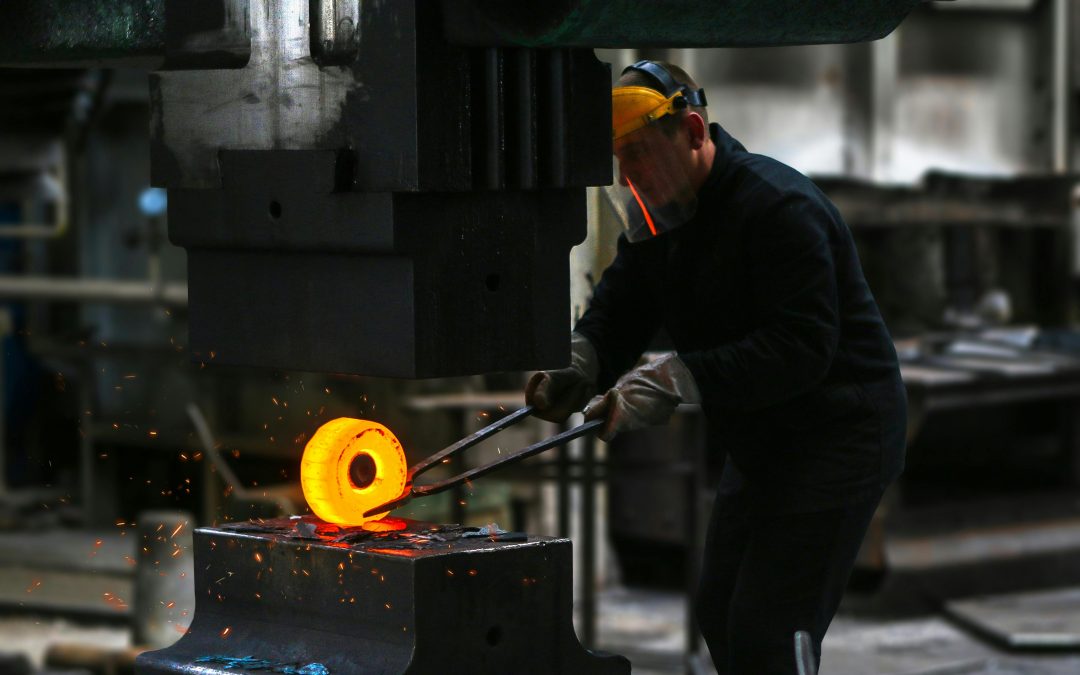Scaling up a manufacturing business can be challenging, especially when aiming to ma0intain quality and efficiency. One powerful tool that can help you achieve these goals is standardized work.
This method is about setting clear guidelines for every task so that every product you make is consistently top-notch. Think of it as your recipe for success. Once you nail down the best way to do something, you can replicate it over and over again with the same great results.
This will certainly make your job easier and ensure that your team is always on the same page, working together smoothly. In this post, we will show you how standardized work can transform your manufacturing process and set you up for growth.
So, let’s begin!
What Exactly is Standardized Work?
It is a foundational element in lean manufacturing that involves documenting and following the best practices for each task. It ensures that all work is done safely, effectively, and consistently by all team members.
Let’s break down why this concept is crucial for your business:
Consistency: It ensures that every product is built with the same high quality, reducing variability and errors.
Efficiency: When tasks are standardized, less time is spent on deciding how to do them, leading to faster production times.
Employee Training: New employees can be trained quickly and efficiently, as there is a clear reference to the best way to perform tasks.
Continuous Improvement: With a baseline established, it’s easier to identify areas for improvement.
Implementing Standardized Work in Your Operations
Transitioning to standardized work might seem daunting, but with a strategic approach, it can be smoothly integrated into your existing processes. Here’s how you can get started:
1. Document Current Best Practices
Start by observing the current processes and identifying the most efficient way to perform each task. Engage with your team to gather insights and feedback, ensuring that you capture all the details of each job role.
2. Create Standard Work Instructions
Once you have identified the best practices, document these procedures in a clear and concise manner. Use formats that are easy to understand and accessible to all employees, such as:
- Step-by-step guides
- Visual aids like diagrams and photos
- Checklists for quick reference
3. Train Your Team
Training is crucial. Ensure every team member understands the standardized work instructions and can perform them correctly. This might require multiple training sessions and some hands-on practice.
4. Monitor and Adjust
Keep a close eye on the performance and gather feedback from the team. Use this information to tweak the instructions for the standardized methodologies as needed. Remember, the goal is continuous improvement.
5. Scale Up
With the foundation of standardized work in place, scaling up becomes more manageable. Whether you are increasing production, adding new product lines, or expanding into new markets, having standardized processes ensures that quality remains high and operations stay efficient.
Benefits of Standardized Work
By implementing standardized work, you can expect several tangible benefits that directly contribute to the growth of your business. It includes:
Reduced Operational Costs: Consistency and efficiency naturally reduce waste, leading to significant cost savings. Additionally, streamlined processes decrease the time needed to complete tasks, further lowering expenses.
Improved Quality Control: With standardized procedures, maintaining high-quality standards becomes easier, enhancing customer satisfaction. This also reduces the likelihood of errors and defects, saving costs on reworks and ensuring customer trust.
S0calability: It makes it easier to manage increased demand, as replicating successful practices is straightforward. This readiness to expand operations without sacrificing quality or performance is crucial for business growth.
Overcoming Challenges
While the benefits are compelling, you might face some challenges when implementing standardization. Resistance to change is common in any organization. Here are a few tips to overcome this:
Engage Employees: Involve your team in developing standardized procedures. This inclusion helps ease the transition and gain their buy-in. It also allows for a more diverse range of ideas, which can improve the processes further.
Provide Clear Reasons and Benefits: Communicate why standardization is important and how it benefits everyone, not just the business. Make sure to highlight personal advantages, such as less stress from chaotic and unclear tasks.
Offer Support and Training: Ensure that everyone feels confident in their ability to follow the new standards. Regular feedback and the opportunity for ongoing training can help employees feel supported rather than overwhelmed.
In Conclusion
Scaling your manufacturing business requires a strong foundation, and standardized work provides just that. Make sure you focus on standardizing processes to experience sustainable growth. It’s good to start small, aim for continuous improvement, and watch as your business transforms. After all, every big achievement begins with the decision to try. So, take that first step today and start working on standardizing your processes.

